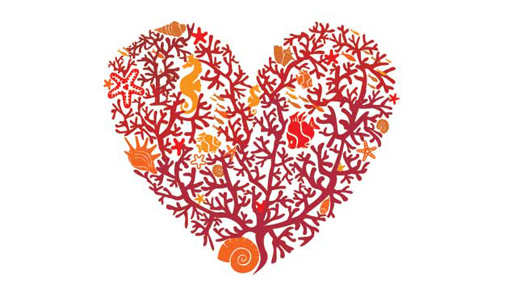
The United Nations General Assembly has designated June 8 annually as World Oceans Day, following the passage of Resolution 63/111 on Dec. 8, 2008. The Assembly noted that ecosystem approaches to ocean management should be focused on managing human activities in order to maintain and, where needed, restore ecosystem health. The aims are to sustain goods and environmental services, provide social and economic benefits for food security, support livelihoods in the furtherance of international development goals, and conserve marine biodiversity.
World Oceans Day was first proposed in 1992 by Canada at the Earth Summit in Rio de Janeiro.
Today it is recognized by an increasing number of countries as an annual opportunity to celebrate our world ocean and our personal connection to the sea. The Ocean Project, working closely with the World Ocean Network, helps to coordinate events and activities with aquariums, schools and businesses.
This year’s World Oceans Day theme is “Healthy oceans, healthy planet.”
The ocean is the heart of our planet. Like your heart pumping blood to every part of your body, the ocean connects people across the Earth, no matter where we live. The ocean regulates the climate, feeds billions of people every year, produces oxygen, is home to an incredible array of wildlife, provides us with important medicines, transportation routes and opportunities for sport and entertainment, and much more. In order to ensure the health and safety of our communities and future generations, it’s imperative to take the responsibility to care for the ocean as it cares for us.
Everyone’s health depends on a clean, productive ocean. Various governments, as well as private partners and friends, have scheduled events and programs to protect the ocean and safeguard vulnerable communities and places. This year in particular WorldOceansDay.org is providing special resources on plastic pollution. The ocean and its wildlife are choking on plastic: We need to both stop this pollution at the source, and clean it up from the coasts.
From your sink – straight to the ocean
If you already avoid disposable plastic bags, consider going to the next level – cut out microbeads! Cleaning products with microbeads are used daily by millions of people – products like facial cleansers, scrubs, and toothpaste which often contain “microplastics,” tiny plastic beads. One single bottle of product may contain more than 350,000 tiny beads. In some cases, the combined microbeads contain more plastic than the container they came in! The plastic container can be recycled, but the beads cannot.
All these plastic microbeads are washed down the drain when you use these products. Waste water treatment plants are not designed to remove the plastic beads washed down your sink because they are often too small to be filtered out or recycled. Consequently, they flow directly to the ocean. In the U.S., billions of microbeads from wastewater plants end up in the Great Lakes and coastal environments.
Plastic pollution is a serious threat because it degrades very slowly, polluting waterways for a very long time. In addition, plastic pollution impacts the health of aquatic fauna because animals, including zooplankton, mistake the microbeads for food. Scientists also fear the health impact on humans who consume seafood.
In order to protect ocean and lake environments and meet international requirements to reduce marine litter sources, the use of microbeads in hygiene and care products must stop. The Beat the Microbead campaign, started by Dutch NGOs Plastic Soup Foundation and Northsea Foundation in 2012, has been very successful in raising awareness. The campaign is currently supported by 66 NGOs from 32 countries.
Legislative measures are necessary to manage microbead plastic waste. Several U.S. states have banned products with microbeads, and political discussions on the issue are currently being held in Canada and the European Union.
A number of multinational firms have pledged to phase out microplastics. However, their strategy is often to replace plastic microbeads made of synthetic polymers like polyethelene with biodegradable plastics, such as PLA. But these alternatives do not degrade in cold water. The only reliable way to get rid of microbeads is to replace them with natural alternatives.
Adapted from Peace History Index, worldoceansday.org, and other sources.
Photo: worldoceansday.org










